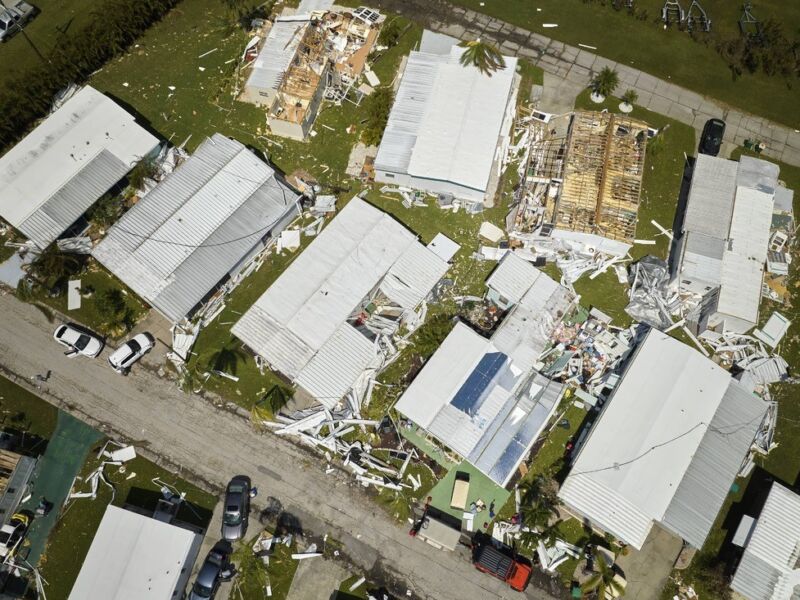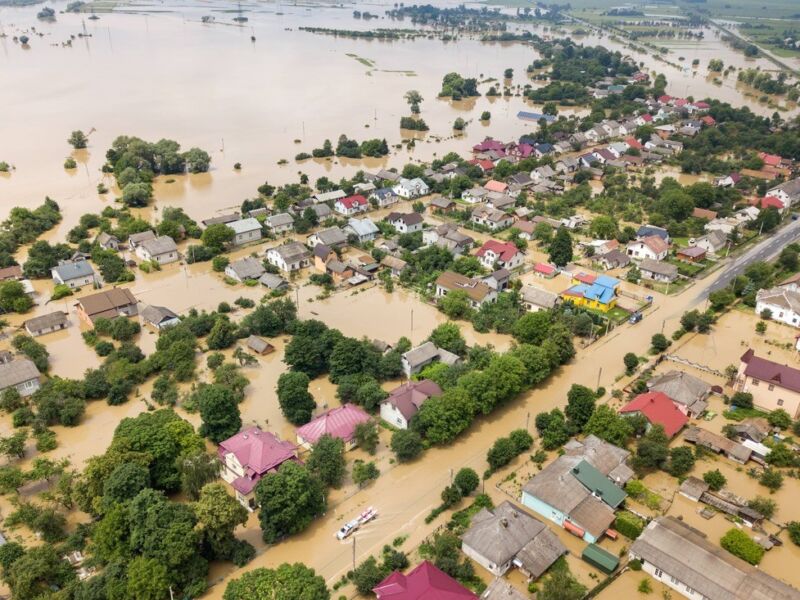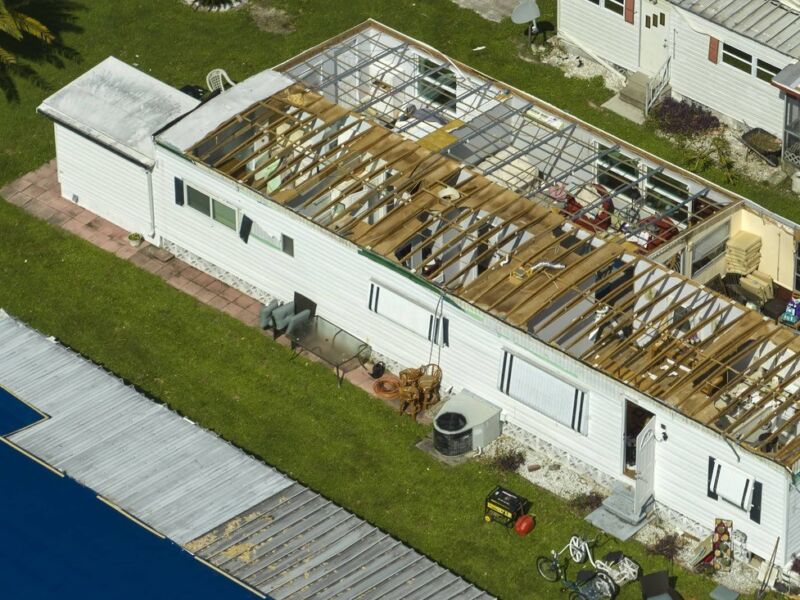
Introduction
In times of crisis, such as natural disasters, civil unrest, or unforeseen emergencies, it may become necessary to travel or evacuate for safety reasons. Having a comprehensive emergency travel plan in place can help ensure your safety and well-being during uncertain times. This article will provide detailed information on how to prepare and stay safe when traveling in emergency situations.
Understanding Emergency Travel

Emergency travel refers to the act of traveling or relocating to a safer location in response to a crisis or emergency situation. This could include evacuating due to hurricanes, wildfires, floods, or other natural disasters, as well as traveling to avoid civil unrest or political instability. It is essential to have a thorough understanding of the potential risks and challenges associated with emergency travel.
Preparing an Emergency Travel Plan
To ensure your safety during emergency travel, it is crucial to have a well-prepared plan in place. Consider the following steps when creating your emergency travel plan:
1. Stay Informed
Monitor local news and emergency alerts to stay updated on potential risks or threats in your area. This will enable you to make informed decisions regarding your travel plans.

2. Identify Safe Zones
Research and identify safe zones or secure locations where you can seek refuge in case of an emergency. These could include emergency shelters, hotels, or the homes of friends or family members in less affected areas.
3. Pack an Emergency Kit
Prepare an emergency kit containing essential items such as food, water, medications, important documents, cash, and clothing. This kit should be easily accessible and ready to grab in case of a sudden evacuation.
4. Develop Communication Plans
Establish communication plans with your loved ones to ensure you can stay connected during emergencies. Share your contact information, emergency meeting points, and other relevant details to facilitate communication and reunification if separated.
5. Plan Transportation
Determine your means of transportation during emergencies. This could include having a reliable vehicle, arranging for public transportation, or coordinating with emergency transport services.
6. Consider Special Needs
If you have any special needs or requirements, ensure that your emergency travel plan takes them into account. This could include accommodations for individuals with disabilities, infants, elderly family members, or pets.
7. Review and Update Regularly
Regularly review and update your emergency travel plan to account for changes in your circumstances, such as new routes, alternate safe zones, or additional emergency supplies.
Staying Safe during Emergency Travel
When traveling during emergencies, it is essential to prioritize your safety. Consider the following tips to stay safe:
1. Follow Official Guidance
Pay attention to official directives and follow the instructions provided by local authorities or emergency management agencies. They have the most accurate and up-to-date information regarding the situation.
2. Maintain Situational Awareness
Stay alert and aware of your surroundings at all times. Be mindful of potential hazards, emergency alerts, and any signs of danger.
3. Travel in Groups
Whenever possible, travel in groups or with trusted individuals. This increases your safety and provides support during emergencies.
4. Keep Emergency Contacts Handy
Carry a list of emergency contacts, including local authorities, medical facilities, and your designated emergency contacts. This ensures you have the necessary information readily available if needed.
5. Secure Your Belongings
Take necessary precautions to secure your belongings, especially important documents, identification, and valuables. Consider using waterproof and fire-resistant containers to protect your belongings during travel.
6. Adapt to Changing Situations
Be flexible and willing to adapt your travel plans based on the evolving situation. Follow any travel restrictions or changes in transportation arrangements to ensure your safety.
7. Trust Your Instincts
If you feel unsafe or uncomfortable in a particular situation or location, trust your instincts and take necessary measures to remove yourself from the situation or find a safer alternative.
Frequently Asked Questions (FAQ)
What should I include in my emergency travel kit?
How can I stay connected with my loved ones during emergency travel?
Important Facts and Statistics about Storm and Disaster Restoration
- The Federal Emergency Management Agency (FEMA) has declared a disaster in Fort Bend, Harris or Montgomery counties — the three most populous counties in Greater Houston — 26 times in the past 41 years, including the most recent severe winter storm in February 2021.
- The water damage restoration industry is expected to grow at a CAGR of 6.8% from 2020 to 2025.
These facts and statistics highlight the importance of prompt and efficient disaster restoration services in ensuring the safety and well-being of affected individuals and communities.
Conclusion
Emergency travel plans are crucial for ensuring your safety and well-being during crises or emergency situations. By preparing an emergency travel plan and following essential safety tips, you can navigate uncertain circumstances with confidence and take appropriate measures to protect yourself and your loved ones. Remember to regularly review and update your emergency travel plan to account for changing circumstances.



